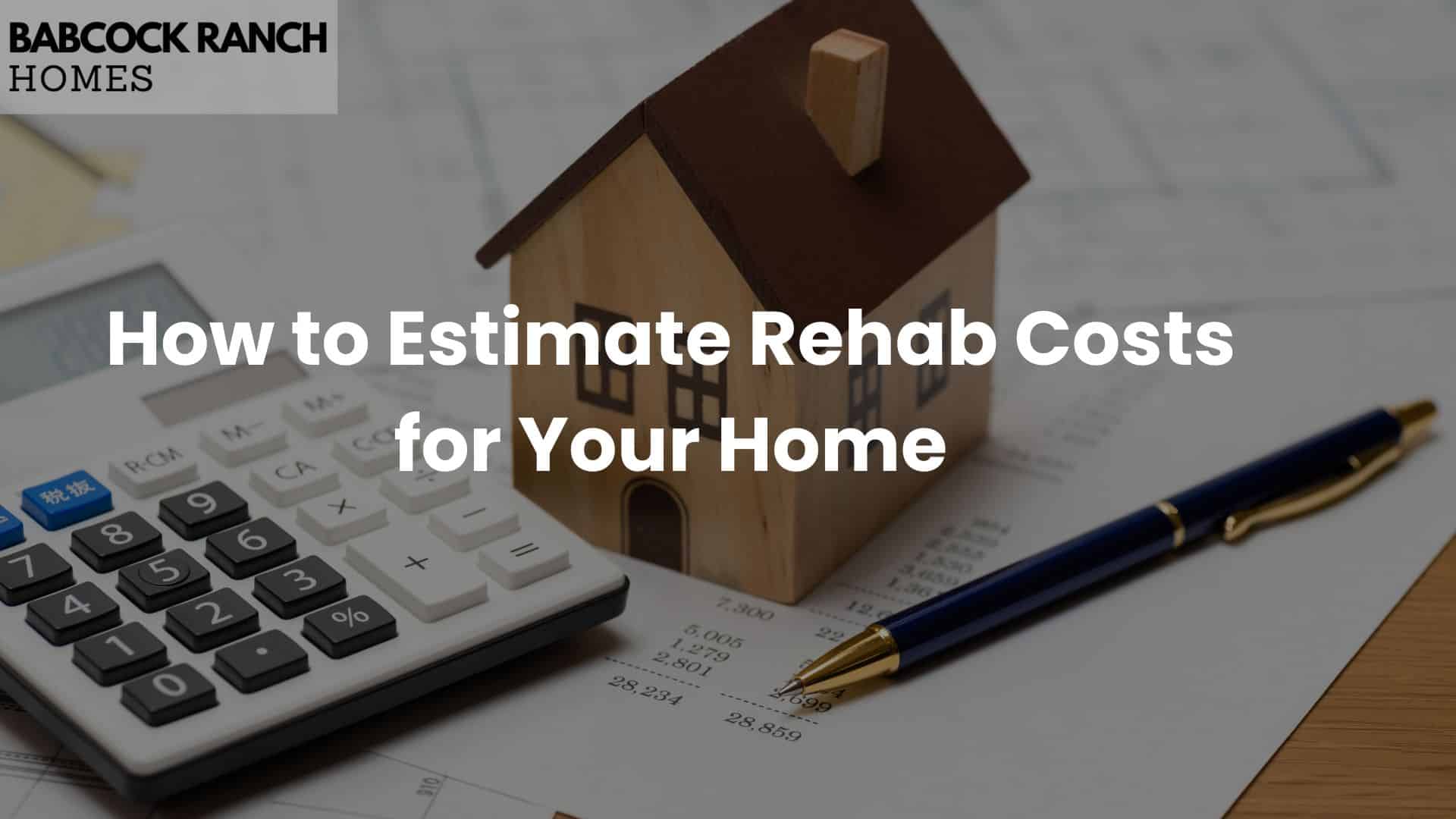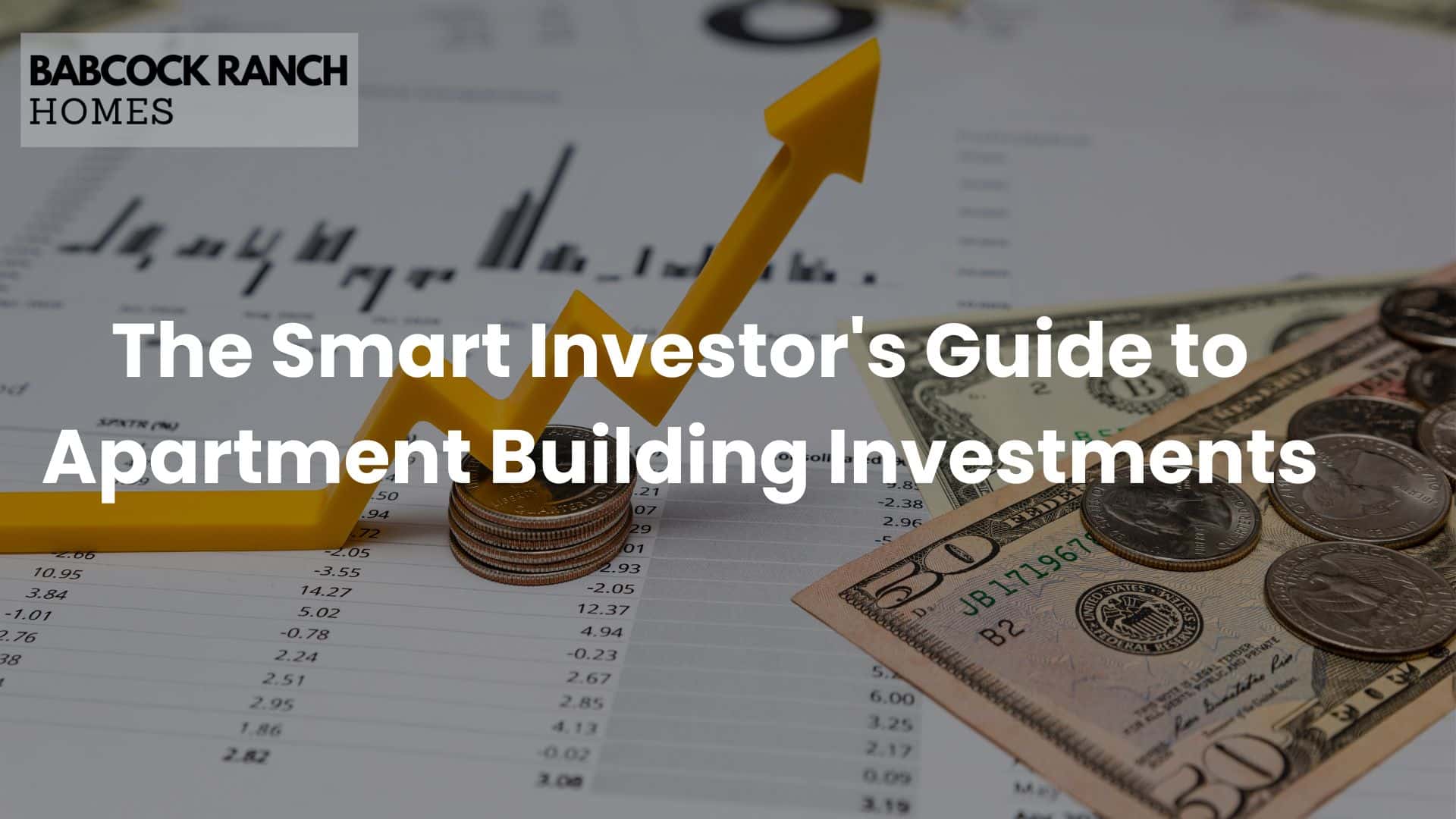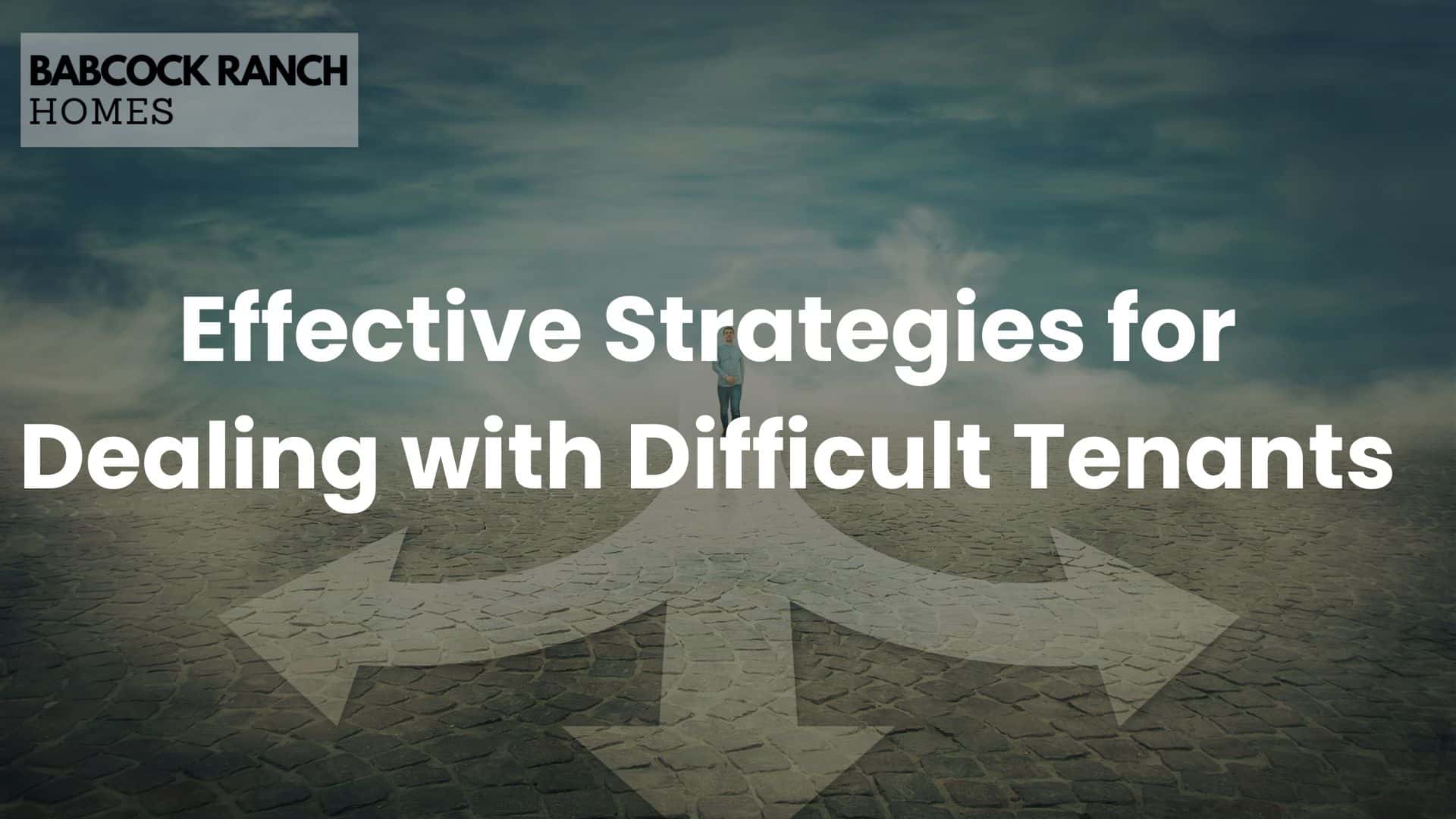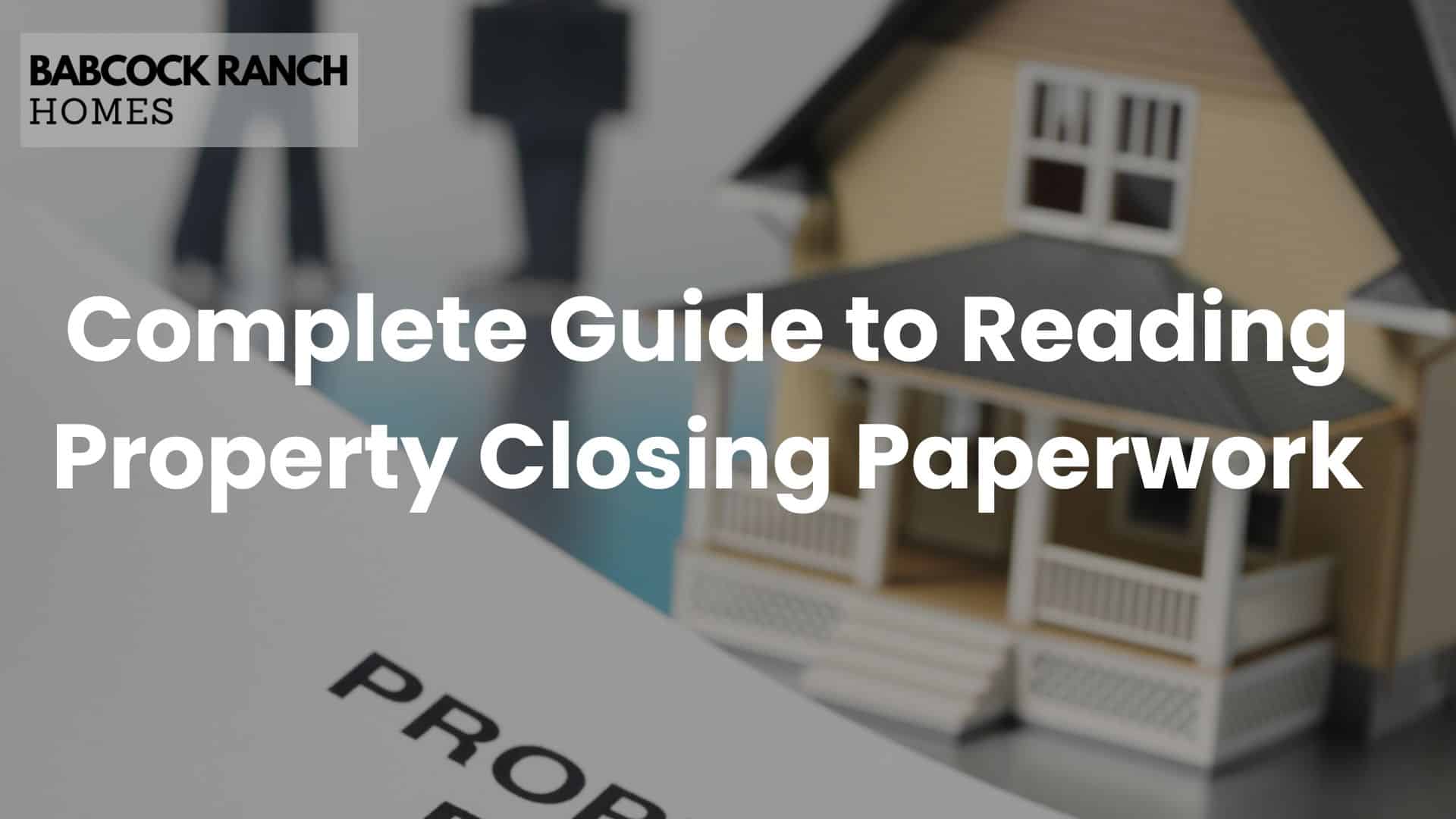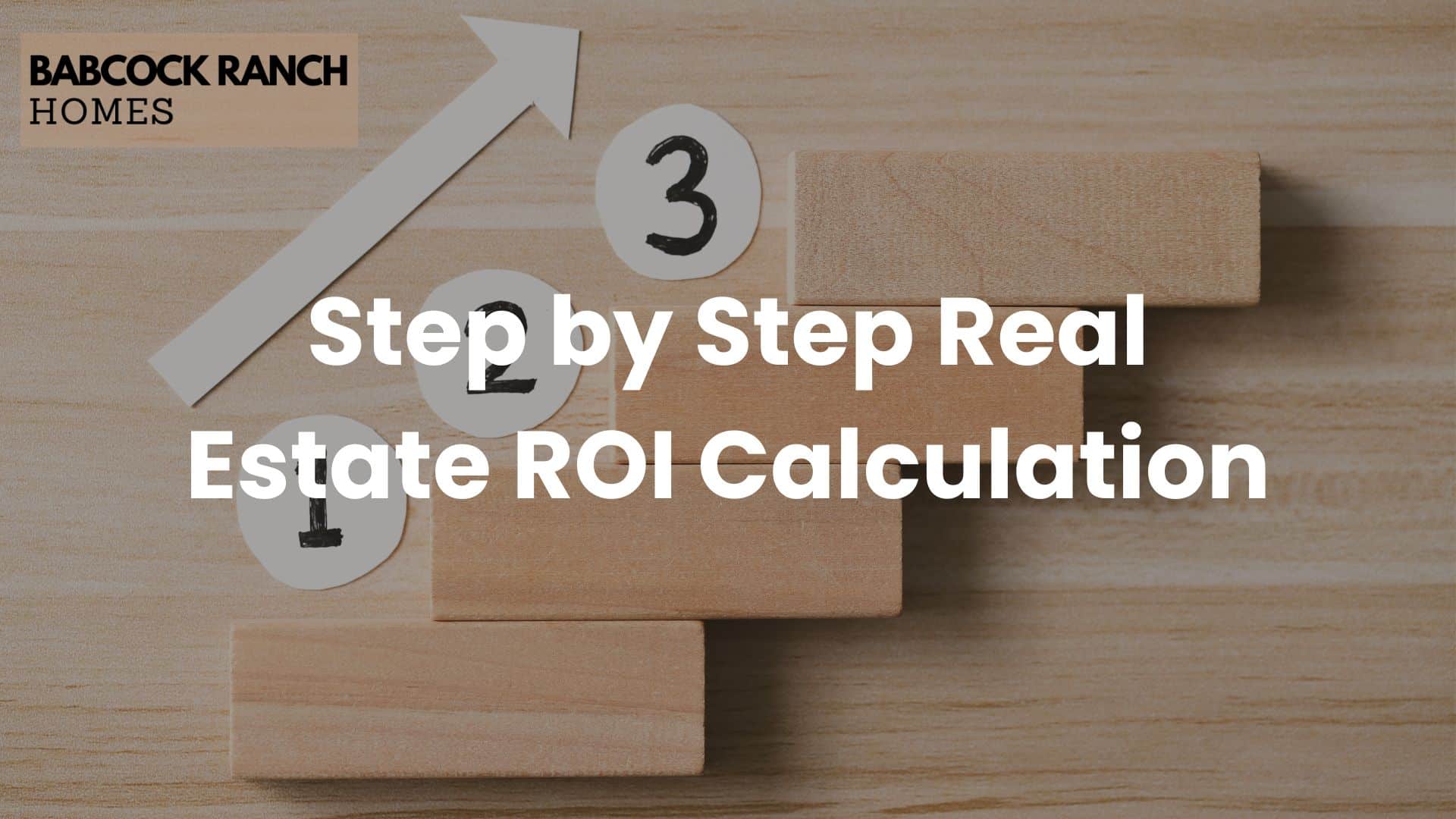Understanding the real estate market in 2024 is key. The housing landscape offers chances for homebuyers. With mortgage rates at 6.7% and the median home sale price at $419,000, knowing the market is essential.
Babcock Ranch Homes says buying a house is more than just following trends. Buyers need to think about their finances, goals, and how home prices vary by area.
The 2024 real estate market has its ups and downs. Home prices have gone up for 19 months, with a 31% increase from 2020. This shows a strong market that draws buyers and investors.
Key Takeaways
- Mortgage rates at 6.7% present a strategic buying window
- Median home prices have increased 4.1% from the previous year
- Market remains competitive with 3.6 months of housing supply
- September 2024 potentially offers the best purchasing conditions
- Personal financial preparation is key for home buying success
Understanding the Current Housing Market in 2024
The real estate market in 2024 is complex for homebuyers. Home prices and affordability have changed a lot. It’s key to understand these changes to make smart choices.

Recent data shows important insights into the housing market. The U.S. Fixed Housing Affordability Index is at a near 40-year low, at 98. This means big challenges for those wanting to buy a home.
Key Market Statistics
- Median home sale price: $434,720
- Homes for sale increased by 39% compared to previous year
- 35.1% of home sellers have reduced their original pricing
| Market Indicator | 2024 Status |
|---|---|
| Home Price Increase | 5.0% year-over-year |
| Households Priced Out | 103 million |
| Housing Supply Shortage | 4.5 million homes |
The current real estate market is tough for buyers. Many American households can’t afford homes. There’s also a big shortage of housing. Buyers need to be careful to find homes they can afford.
Mortgage Rate Trends and Predictions
The real estate market is changing fast in 2024-2025. Mortgage rates are moving up and down, creating chances for home buyers. Experts say these changes could affect how we buy homes.
Recent data shows mortgage rates are in a state of change. The 30-year fixed mortgage rate hit a 2024 low of 6.08% in September. Then, it went back up. By February 2025, it dropped to 6.76%, giving hope to those looking to buy a home.
Key Mortgage Rate Predictions
- Housing market experts think rates will stay in the upper-6% to low-7% range in 2025
- The National Association of Home Builders believes rates will fall below 6.5% by mid-2025
- Fannie Mae predicts rates will be at 6.6% by the end of 2025
Rate Fluctuation Insights
| Organization | 2025 Rate Projection | Year-End Prediction |
|---|---|---|
| Mortgage Bankers Association | 6.9% (Q1-Q2) | 6.5% |
| Wells Fargo | Just under 7% | 6.50% |
| Fannie Mae | 6.6% | 6.5% |
Refinance activity is also showing positive signs. In February 2025, refinances went up by 12% from the week before. 53% of rate watchers think rates will keep falling. This could be a good time for homeowners to look at their mortgage options.
The current mortgage rate environment offers strategic timing for those navigating the home buying process.
Buyers should keep an eye on these trends. Mortgage rates are key to how affordable homes are and to long-term financial planning.
Housing Affordability Index Analysis
The housing market in 2024 is tough for those wanting to buy homes. Data shows a big change in how affordable homes are in the U.S. The Housing Affordability Index (HAI) for first-time buyers fell to 65.8 in Q3 2024. This means it’s harder than ever to own a home.
Income to Home Price Ratios
Home prices have gone up a lot, from $303,500 in 2021 to $355,900 in Q3 2024. With higher mortgage rates, it’s even harder to afford a home. Here are some important points:
- Mortgage rates went up from 3.01% to 6.59%
- Monthly mortgage payments have almost doubled
- A 1% increase in mortgage rates cuts buying power by about 10%
Regional Market Variations
Housing affordability changes a lot from one place to another. Some markets are really hard for homebuyers:
- San Francisco Bay Area: First-Time Buyer HAI of 29%
- Los Angeles Metropolitan Area: First-Time Buyer HAI of 29%
- Inland Empire: More affordable with a 41% HAI
- National Average: First-Time Buyer HAI of 54%
Cost of Living Considerations
Buying a home is more than just the price. You also need to think about property taxes, utilities, and the local economy. For example, in California, you need at least $148,200 a year to buy a single-family home. This shows how much money you really need to buy a home.
The housing affordability crisis is changing the real estate world. It’s making it harder to become a homeowner.
Is Now a Good Time to Buy a House?

Figuring out the best time to invest in property needs a close look at the real estate market. In 2024, buyers face a mix of chances and hurdles.
The housing market sends mixed messages to those thinking of buying. Important signs show both good and bad points:
- Median home prices have slightly decreased to $406,100 in November 2024
- Mortgage rates have dropped from an 8% peak to 7.08% in early January
- Housing inventory increased by 17.7% year-over-year
“The best time to buy a house is when your financial readiness aligns with market conditions.” – Real Estate Expert
Most people, 78%, think it’s not the best time to buy a house. But, this doubt can open up special chances for smart buyers.
| Market Indicator | Current Status |
|---|---|
| Average Days on Market | 32 days (up from 25 days previously) |
| Mortgage Borrowers with High Credit Scores | 66.7% above 760 |
| Housing Supply | 3.8 months (low supply) |
For those looking to buy, several signs point to good value. The lower number of homes and slightly lower prices make the market interesting. Even though mortgage rates are higher than before, they’re steady, drawing in ready buyers.
Important things to think about include:
- Personal financial stability
- Long-term housing goals
- Local market variations
- Potential for building equity
While timing the market is tough, smart buyers can spot chances in today’s real estate. Research, financial readiness, and a long-term view are key for a successful investment.
Market Conditions: Buyer’s vs Seller’s Market
Knowing the current real estate trends is key for both buyers and sellers. The housing market swings between buyer’s and seller’s markets. Each has its own set of challenges and chances.
The market’s state is shaped by two main factors. These factors greatly affect how homes are bought and sold:
- Seller’s Market: Characterized by limited housing inventory and high demand
- Buyer’s Market: Defined by surplus housing and lower competition
Key Market Indicators
Several important factors help figure out the market type:
- Housing inventory levels
- Average days on market
- Home price trends
- Local economic conditions
Navigating Market Conditions
In a seller’s market, homes sell fast and often for more than the asking price. The National Association of Realtors says October 2024 had 4.2 months of inventory. This is close to a balanced market. Buyers need to be quick and strategic in this market.
On the other hand, a buyer’s market gives buyers more power to negotiate. Homes stay on the market longer, and sellers are more open to deals. This market allows buyers to find better deals and explore more options.
The key is understanding local market nuances and being prepared to adapt to changing conditions.
Seasonal Buying Patterns and Opportunities
Knowing the seasonal patterns can really help when buying a home. The real estate market changes with the seasons. Smart buyers can use these changes to their advantage.
From April to June is the busiest time for buying homes. Here are some interesting facts:
- Average of 16,530 existing homes sold daily during peak season
- Median time on market drops to just 31 days in June
- Home prices spike up to 16% higher compared to winter months
Each season offers unique chances for homebuyers. Spring is the busiest time, with sellers getting many offers and lots of competition.
“The key is understanding how seasonal trends can work in your favor during the home buying process.” – Real Estate Expert
Summer stays busy, but prices might not grow as much. Fall offers good chances to negotiate. With less demand, sellers might be more open to deals.
Winter is the best time for investing in property. With fewer buyers and sellers, you might get better deals. It takes longer to sell homes, giving you more time to check them out.
| Season | Home Sales Per Day | Market Characteristics |
|---|---|---|
| Spring (March-May) | 16,530 | Peak season, highest prices |
| Summer (June-August) | 16,200 | Active market, stabilizing prices |
| Fall (September-November) | 13,810 | Decreased demand, negotiation opportunities |
| Winter (December-February) | 11,380 | Lowest inventory, motivated sellers |
Seasonal trends are helpful, but don’t forget about your own financial situation and the local market. These should guide your real estate choices.
Financial Readiness Indicators
Getting ready to buy a home means planning and checking your finances. The home buying journey has many financial steps. These steps can affect your ability to get a mortgage and buy your dream home.
Knowing if you’re financially ready involves looking at important factors. Lenders check these when they review your mortgage application. These factors show if you’re ready for the big step of owning a home.
Down Payment Requirements
How much you save for a down payment is key to buying a home. Here are some tips:
- Aim for a 20% down payment to avoid private mortgage insurance (PMI)
- For a $400,000 home, this means saving $80,000
- FHA loans may allow down payments as low as 3% under specific conditions
Credit Score Considerations
Your credit score affects your mortgage rates and if you’ll get a loan. Here’s what you need to know:
| Credit Score Range | Mortgage Impact |
|---|---|
| 500-619 | Challenging loan terms |
| 620-699 | Average interest rates |
| 700-850 | Best mortgage rates |
Debt-to-Income Ratio Guidelines
Lenders look at your debt-to-income (DTI) ratio to see if you’re financially stable. Here’s what’s recommended:
- Housing payments should not exceed 28% of gross income
- Total debt, including mortgage, should remain under 36%
- Some lenders allow up to 43% DTI for qualified borrowers
Managing these financial indicators well can greatly improve your chances of owning a home. It can also help you get better mortgage rates.
Impact of Federal Reserve Policies
The Federal Reserve’s policies greatly affect the real estate market and mortgage rates. In 2024, the Fed took steps to manage the economy. This had a big impact on home prices and how much people pay to borrow money.
Some important policy moves in 2024 were:
- Three rate cuts adding up to 1 percentage point
- Working to keep inflation near 3 percent
- Keeping the federal funds rate between 4.25-4.5 percent
These decisions led to a big change in mortgage rates. Rates dropped from 8.01% in October 2023 to 6.20% in September 2024. This could help people buy homes. But, rates were not steady and went over 7% in January 2025.
The link between the Federal Reserve and the housing market is complex. Things like job market, inflation, and financial news affect mortgage rates. People looking to buy homes or invest need to watch these big economic signs closely.
The gap between the 10-year Treasury yield and 30-year fixed mortgage rate grew a lot in 2023 and 2024. This shows how complex monetary policy can be.
For those thinking about buying a home, knowing about these policies is very important. Even though rates might go down a bit in 2025, home prices are likely to keep going up. Being smart about when to buy and being well-prepared financially is key to doing well in the real estate market.
Property Types and Investment Opportunity
Understanding the real estate market is key. It involves knowing the different types of properties. Each offers unique chances for investors and buyers to grow their wealth.

The real estate world has many options for buyers. Each property type has its own benefits and challenges. These factors can greatly affect your financial future.
Single-Family Homes vs Condos
When looking at property investment, it’s important to weigh the pros and cons of single-family homes and condos:
- Single-Family Homes
- More privacy and a chance for higher value
- More upkeep needed
- Flexibility for making changes
- Condos
- Less upkeep needed
- Access to shared facilities
- Lower initial cost
Investment Properties vs Primary Residences
The real estate market has different strategies for various property types. Investment properties can earn rental income. Primary residences offer stability and long-term growth.
| Property Type | Average Annual Return | Risk Level |
|---|---|---|
| Investment Property | 5-10% | Moderate |
| Primary Residence | 3-5% | Low |
Home prices are always changing. Making smart investment choices means studying market trends and your financial goals. The best option depends on your personal situation, financial readiness, and future plans.
Location Considerations and Market Analysis

Choosing the right location is key in real estate. Success in property investment comes from knowing the local market and picking the right neighborhood. Buyers need to think about more than just the house. They must consider the area it’s in.
Several factors affect a property’s value and appeal:
- Proximity to quality public schools
- Job market strength in the region
- Local infrastructure and development plans
- Accessibility to essential amenities
- Future growth prospects
Researching neighborhoods gives valuable insights into home prices. Places like San Francisco, with little room to grow, often have higher property values. Investors should look at specific location details to make smart choices.
| Location Factor | Impact on Property Value |
|---|---|
| Public School Quality | Significant positive influence |
| Job Market Strength | Direct correlation with demand |
| Infrastructure Development | Potential for appreciation |
Investing in property wisely means doing a deep market analysis. Buyers should look at national trends like cities growing and suburbs becoming popular. Knowing these trends helps spot areas with growth chances and make good real estate choices.
The Home Buying Process in 2024
Buying a home in 2024 needs careful planning and a grasp of the real estate market. Buyers face a world of changing rules, new tech, and financial hurdles.
The journey to property investment has become more complex. Buyers must blend old steps with new tech.
Updated Regulations and Requirements
New rules in mortgage lending have changed how people buy homes. Key updates include:
- Stricter documentation for loan apps
- Tighter credit score checks
- Deeper financial background checks
With rates between 5.75% and 7.25%, buyers must check their finances. At 7% interest, you can borrow about $270,600 with a $1,800 monthly payment.
Timeline Expectations
The home buying process in 2024 takes 45-60 days, longer than before. Key steps are:
| Stage | Estimated Duration |
|---|---|
| Initial Property Search | 2-4 weeks |
| Mortgage Approval | 1-3 weeks |
| Home Inspection | 3-5 days |
| Closing Process | 1-2 weeks |
“Preparation and knowledge are your best tools in the 2024 real estate market.” – Real Estate Insider
Buyers should expect a competitive market. Homes got 2.9 offers on average in June 2024. Knowing this can help make the process smoother and improve negotiations.
Working with Real Estate Professionals
Buying a home can be tricky. That’s why working with real estate pros is key. About 90% of first-time buyers use agents to help them.
Real estate experts add a lot of value. They help in many ways, making your home buying smoother:
- Access to exclusive market listings
- Expert negotiation skills
- In-depth local market knowledge
- Guidance through legal and financial complexities
Working with pros can really help. Homes sold with agent help often sell for 6% more. Agents can also save buyers about 10% on prices through smart negotiations.
| Professional Role | Key Contributions |
|---|---|
| Real Estate Agent | Market insights, property matching, negotiation |
| Mortgage Broker | Financing options, rate comparisons |
| Home Inspector | Property condition assessment, risk evaluation |
Pro tip: Choose a real estate pro with local knowledge and good communication. Check their experience in your area and ask for client references.
Need help buying a home? Call Babcock Ranch Homes at 518-569-7173. Our team is here to guide you through the market with confidence.
Understanding Closing Costs and Additional Expenses
Buying a home is more than just the price. Closing costs and extra expenses can greatly affect your budget. It’s key to know these costs to find affordable housing.
When you buy a home, expect to pay 2% to 5% of the loan’s principal in closing costs. These costs can be a big financial challenge.
Typical Closing Cost Breakdown
| Expense Category | Estimated Cost Range |
|---|---|
| Lender Origination Fees | 0.5% – 1% of loan amount |
| Title Insurance | 0.5% – 1% of loan amount |
| Appraisal Fee | $500 – $800 |
| Government Recording Fees | Approximately $125 |
Hidden Expenses to Consider
- Moving costs: $883 to $2,569
- Annual home maintenance: 1% of home’s value
- Initial home repairs and upgrades
- Potential property tax adjustments
For a $300,000 home loan, closing costs can range from $6,000 to $18,000. To cut costs, try negotiating with sellers and look at different loan options.
Pro tip: Budget for at least two months of mortgage payments as financial reserves to ensure smooth homeownership.
Good financial planning is key to handling the home buying process. It helps you prepare for both expected and unexpected costs.
Alternative Financing Options

Understanding the home buying process means knowing about different financing options. Buyers have many ways to get funding, each suited for different financial needs.
Government-backed loans are great for those finding it hard to afford homes:
- VA Loans: Zero down payment for qualified veterans
- FHA Loans: Lower down payment for first-time buyers
- USDA Loans: No down payment for rural property purchases
New financing options help with high mortgage rates and tough economic times. Rent-to-own agreements let renters build equity while living in their future home.
There are also options for buyers with non-traditional financial situations:
- Private lender financing
- Seller financing arrangements
- Piggyback loan structures
When looking at these options, buyers need to check their credit score, income, and financial goals. Each option has its own rules and risks that need careful thought.
“Creative financing can transform homeownership from a distant dream to an achievable reality.” – Real Estate Investment Experts
Talking to financial advisors and mortgage experts can help find the best financing plan. They can tailor it to your specific situation.
Future Market Predictions and Trends
The real estate world is always changing. Experts share detailed views on what the housing market might look like in 2024 and later. As the market changes, so do the ways people invest in property.
- Home prices are expected to grow at a more moderate pace, with projections around 2.3% by August 2025
- Mortgage rates are anticipated to stabilize around 6.5% in 2025
- Existing home sales demonstrate resilience, with a 2.9% year-over-year increase
Expert Forecasts for 2024-2025
The real estate trends show a market that’s cooling but stable. The national median resale home price hit $407,200 in October 2024. This marks 16 months of price growth. Investors and homebuyers should watch these key signs:
- Housing inventory increased by 24.6% in January 2025
- 22.4% of homes sold above listing prices
- Homeowner equity reached an impressive $17 trillion in Q1 2024
Long-term Market Outlook
The housing market shows great strength. Despite tough times, home prices have jumped about 40% in five years. New trends point to ongoing changes, with builder confidence up and existing home sales growing steadily.
The future of property investment looks cautiously optimistic, with strategic opportunities for informed buyers.
Conclusion
Buying a home in the real estate market needs careful planning and smart choices. The 2024 housing market has great chances for those who know how to navigate it. October is the best time to buy, with prices just 3.3% above the median home value.
The home buying journey involves many factors. You need to look at your credit score and the season’s market trends. Knowing that home prices change throughout the year helps find the best times to buy, like late November to early January.
If you’re thinking about buying with Babcock Ranch Homes, knowing is key. Whether you’re new to buying or an experienced investor, timing is everything. Call our experts at 518-569-7173 for advice that fits your home buying dreams.
Buying a home is a journey that needs patience, research, and planning. Stay updated on market trends, know your finances, and work with trusted experts. This way, you can make your dream of owning a home a reality in 2024.



